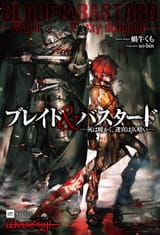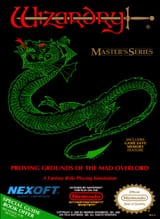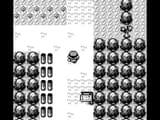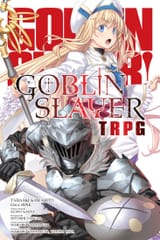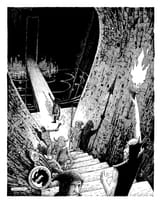>>96144880 (OP)>What’s the best system for actual dungeon crawls?3LBB OD&D, Basic D&D Holmes, Basic D&D Moldvay and AD&D 1E.
Basically nothing else whatsoever besides those and variants.
3LBB is a loosely defined game so requires expanding by the DM, or using the extra booklets but then you start approaching AD&D. Very good but requires a lot from the DM particularly if you diverge from where D&D went.
Holmes and Moldvay are both meant as introductions to AD&D and PCs stop advancing in power around 3rd-5th level. Some prefer playing these long-term, they're very well-written and easily understood, but personally I feel they work better as an introduction because once you start cribbing from AD&D to make it run longer it starts showing issues from the DM-side.
AD&D 1E is the most full-fledged game of the lot and allows high level play to work well (below 3rd level is basically considered a tutorial by some) but also requires the most rules investment upfront both because the rules are split between the PHB and the DMG referencing and expanding it as well as being written a bit ambiguously at points (initative, surprise rules etc).
OSRIC explanations helps a lot with this however and the new edition they're working on right now is aimed primarily at introducing new players to the game.
Regardless of which you end up playing to only use and run as much as you can reasonably do in a fast-paced manner. Dungeons are about PACING first and foremost.
To use an example of what I mean: if you run AD&D and don't know the Weapons vs AC rules to the point where it takes less than 15 seconds to figure it out then don't use it.
Dungeon play should be snappy and there should be consequences for being slowpokes. I personally really recommend the Classic Adventure Gaming Podcast episodes on how to actually run a dungeon to complement any rules you use:
https://www.youtube.com/watch?v=HP3RhlkEhcI
https://www.youtube.com/watch?v=NE8EjXVw0bg
